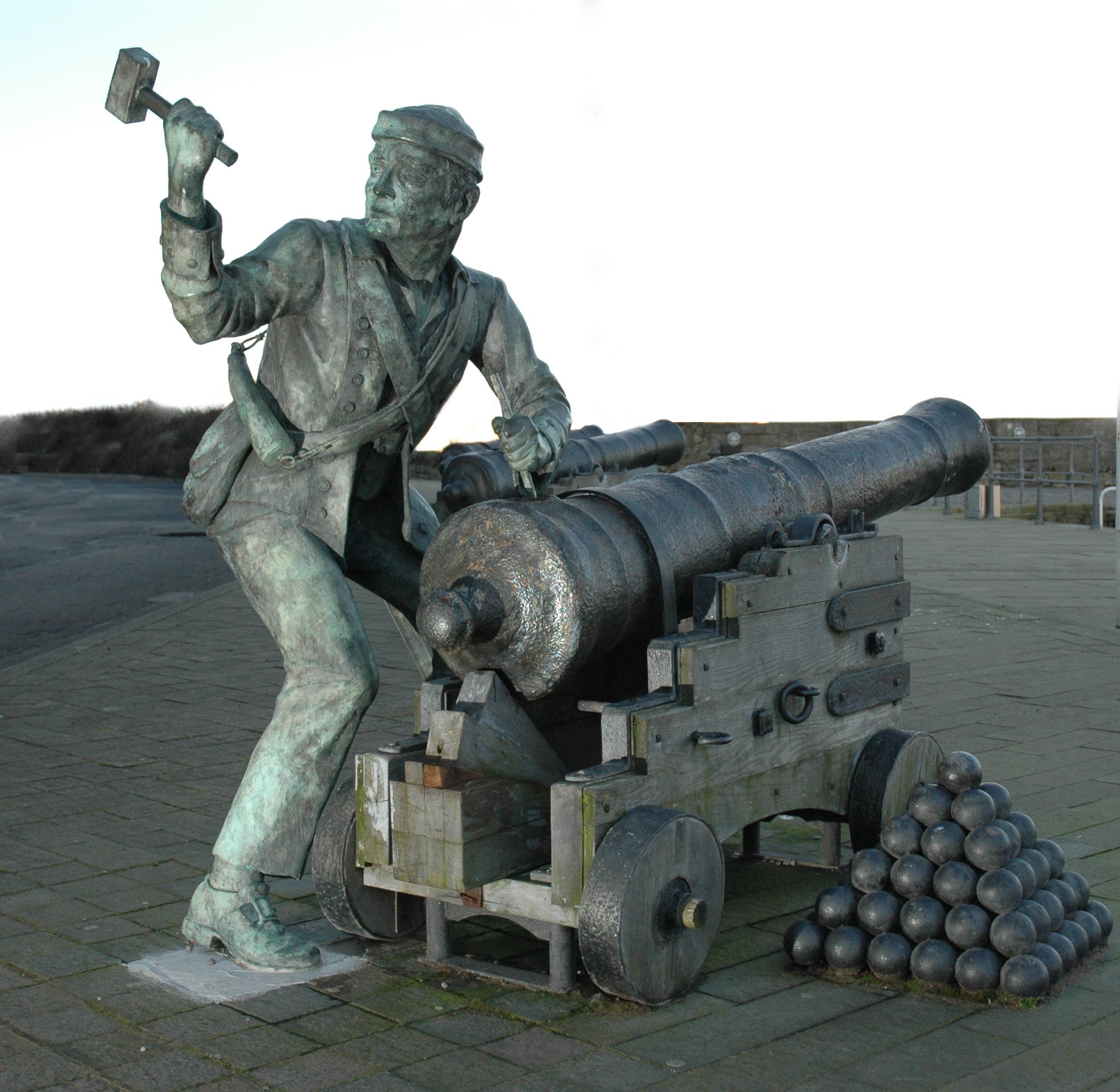The American War of Independence was a huge turning point in British imperial power. What many don’t know is, the war actually spilled out over the Atlantic and onto British soil. Here’s the story of a true maverick.

https://creativecommons.org/licenses/by/2.0/
Creative Commons licence
Whitehaven was a small and largely insignificant town in North-West England in 1778. It wasn’t the first place you’d think of attacking unless you were a man who knew the British Isles first hand. John Paul Jones was that man. A former British merchant sailor, Jones had emigrated to the New World to escape punishment for crimes he had committed on the British isles. Within a few years he had joined the Continental Navy
For a while Jones served well in the US Navy but being the man he was, he continued to upset and irritate people in equal measure. iIt is not known exactly why he did so but in April 1778 he set off with a crew of around 30 men with an audacious plan: a direct assault on the British Isles.

On the evening of 22nd April 1778, Jones’ ship the USS Ranger sat two miles off the coast. It was a cold night but the men pressed on with their objective: to destroy the Royal Navy ships docked in Whitehaven harbour. Armed with cutlasses and pistols, the men left the ship and set out on small boats towards the shore. The journey would take three hours of rowing against the tide. The rough sea hindered the raiding party once more as they forced to around the gun battery they originally planned to strike and land further up the coast. When they reached the harbour the plan was to split into two groups. One would burn the ships while the other party would raid the fort and disable the cannon.

Silently scaling the walls, the attack caught the defenders, who had retreated inside to keep warm, off guard. Paul Jones then hoisted himself up to the top of the battlements and signalled the remaining crew on the Ranger to follow him and become heroes. He then made his way down to knock out the cannon defences.

Meanwhile the other party of invaders were on their way to the dock to set the wooden ships alight. It was at this point the story gets a bit hazy. Below are stereotypical examples of the different accounts given by British and American historians who have studied the operation.
British historian:
On their way to the port, the men became distracted by the strong allure of the nearby public house. It was here that this half of the crew became intoxicated and were unable to complete their mission.
American historian:
The heavy rain and gales that evening are what stopped the operation in its tracks. The weather conditions were so bad that none of the men were able to strike a light to set the ships on fire.


Credit Andy Hawkins Flickr
https://www.flickr.com/photos/thehawk1/28764763/in/photolist-6vNUGk-NhJGv-8ApVAE-7Uwyw-4bZXXn-3xqLc-ow1yY5-ogxqzd-cLNkeJ-7fQqDM-oxKBUt-ogxACM
Creative Commons license
Whatever happened on that night, the Sun was now beginning to rise and Jones and his men were fast running out of time. Finally they managed to get a light and made their way to the harbour to light up their main target, the coal ship ‘The Thompson’. Gagging the small crews that defended the ships, the wooden vessels were covered with tar and set on fire. Jones was close to completing his mission.

It is still debated why he did what he did, but David Freeman may well have saved the moored fleet that night. An Irishman who was part of Jones’ crew, he was never happy under his captain’s leadership. In the early hours of the morning his doubts became too much and he slipped of to warn the townspeople of what was about to happen. Within minutes the town’s fire engines rushed to the scene and extinguished the fires before the inferno did any lasting damage.
Jones and his crew managed to flee back to the Ranger with three prisoners and sailed away to the north west. Jones would lead skirmishes on the British for the remainder of the war while Britain, shaken at the pure audacity of the assault, would tighten their coastal defences as the war rumbled on.
John Paul Jones and his crew of 30 aren’t too well known in the annals of history but this daring raid is an example of how fragile empires, even the most powerful one on Earth, could be.

https://www.flickr.com/photos/sgwarnog/14615727470/in/photolist-6vNUGk-NhJGv-8ApVAE-4bZXXn-3xqLc-7Uwyw-ow1yY5-ogxqzd-cLNkeJ-7fQqDM-oxKBUt-ogxACM
Creative Commons Licence

https://www.flickr.com/photos/tim_d/78147606/in/photolist-6vNUGk-NhJGv-8ApVAE-4bZXXn-3xqLc-7Uwyw-ow1yY5-ogxqzd-cLNkeJ-7fQqDM-oxKBUt-ogxACM
Creative Commons Licence
